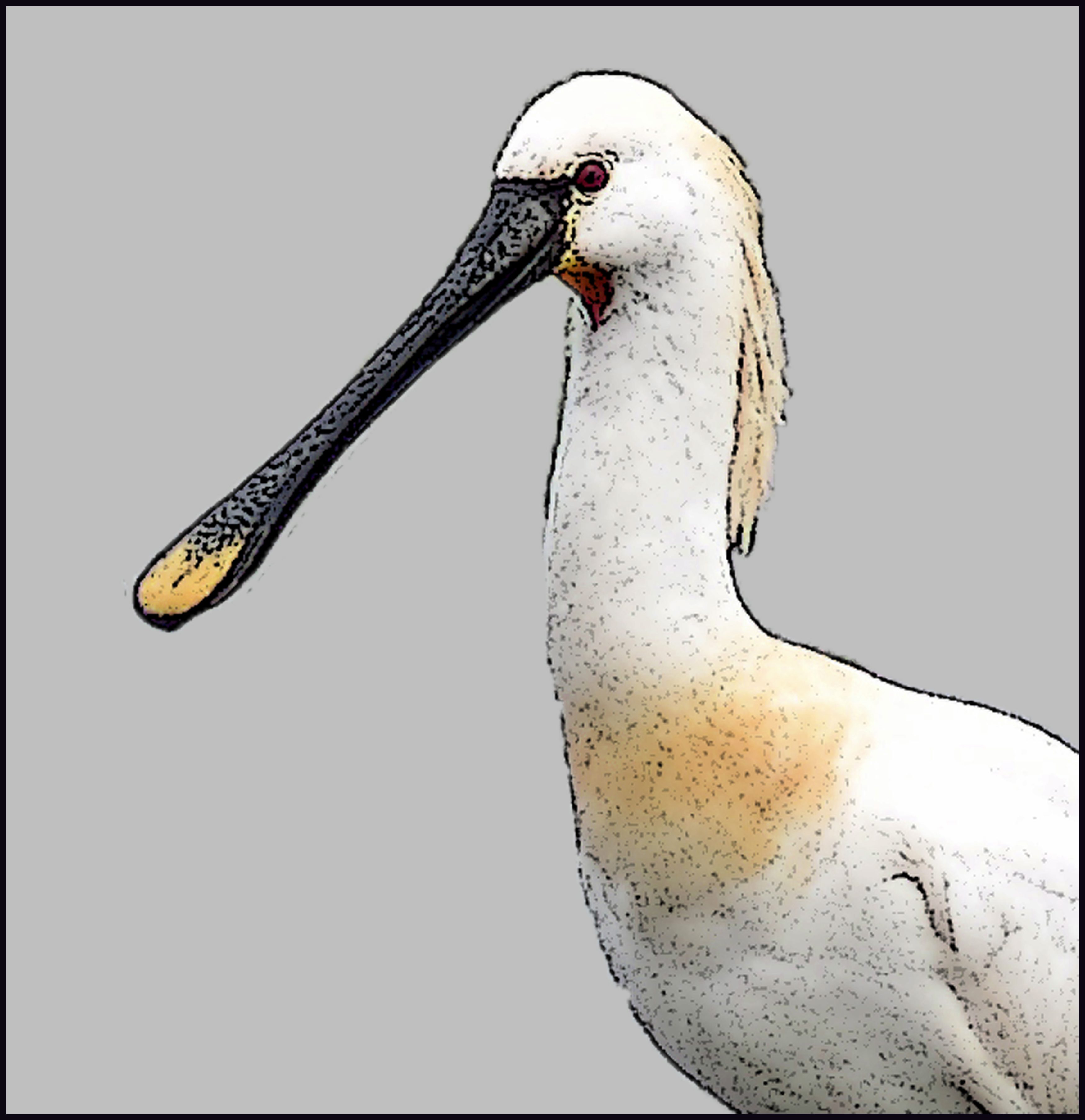The past few days there has been significant signs of movement across the reserve with birds beginning their journeys south towards their wintering grounds. On Friday (13th) an Osprey was spotted on one of the pylons eating a fish at the Lin Dike end to the reserve. Occasionally if an individual finds a good food source it will stick around for a few days, like the individual in 2017 that stuck around favouring the dead tree along the flashes. Unfortunately this bird hasn’t been seen since so it appears to have just passed through.

A single Common Sandpiper was noted from Lin Dike screen on the 10th and a Willow Tit was seen along Arrow Lane (Lin Dike) on the same day. 4 Spoonbills, 4 Snipe and 3 Wigeon were also recorded on New Flash on the 10th. A stunning Lesser Whitethroat was seen along the Riverbank Trail on the 11th. 3+ Reed Warblers and 2 Whitethroats were spotted up on the coal tips on the 14th whilst 4 Common Gulls and 10 Lesser Black-backed Gulls were recorded on Big Hole. A Wheatear was seen on the 15th along the flashes and at similar time a juvenile Dunlin, Ringed Plover and 3 Snipe were on New Flash. The 2 Egyptian Geese were back on Main Bay Islands on the 14th along with 10+ Common Terns. c30 Teal were counted across Main and Village bays whilst 600+ Gadwall were noted across the whole site on the 9th.

Plenty of Little Egrets are about across the reserve and the 2 Cattle Egret remain, usually roosting in the Moat and feeding amongst the cows on the flashes. The 2 Garganey have been present all week mostly on Spoonbill Flash and occasionally on New Flash.
Few insects are still about, the usual butterflies, dragonflies and damselflies continue to brighten the reserve up on sunnier days. Highlights have been Brown Hawker dragonflies, the odd Common Blue butterflies, and Purple Hairstreaks. Finally keep an eye out if you’re walking around the discovery trail or near the visitor centre as an Elephant Hawk Moth caterpillar was seen on the 15th. This species of caterpillar is relatively easy to identify as they have an elephant trunk like head and body with a hook on the end of their tail. As an adult the Elephant Hawk Moth is a striking pink and green colour.


